
Review on 💾 Crucial MX500 1TB Internal SSD: High-Speed 3D NAND SATA Drive with up to 560MB/s by Edward Freeland

Rating for Tech Challenged
I have an old HP DV6 laptop that has been a dog since the day it arrived a few years ago. I spent hours going through all the settings trying to speed it up, even overclocking the processor but to no avail. I put the computer away and tried to forget the mistake of my purchase. But every now and then I would think of the laptop in the closet and imagine that I could try to fix it with a new SSD. . By that point, the sting of spending $600 on the damn thing had faded. I felt like I had nothing to lose by screwing it up. If I failed I would just donate the mess to the local electronics recycling store and forget about it all. The original mechanical drive in the laptop was 500GB, but when I was evaluating a replacement SSD I figured it would be more economical to install a 250GB drive. After all, I would only use it for web browsing and email. So I ordered a Crucial MX500 250GB 3D NAND SATA SSD. After reading some reviews I found out that I also need a Sabrent SSD to USB adapter to clone an old hard drive and I downloaded the Acronis cloning software as recommended by Crucial. Cloning old HDD to new SSD was frustrating for me. I connected everything, ran the Acronis cloning software I downloaded on the laptop, selected all the default settings because I had no idea everything was under manual settings, and waited for the progress bar to slowly advance. After about an hour and a half I saw Acronis just curl up and disappear leaving nothing on the screen except that an error had occurred and I was supposed to check a log. I couldn't find the log even after a long search on my sluggish laptop. After investigating what could be the problem, I finally found out that trying to clone a 500GB drive to a 250GB target drive could be the problem. Spirit. Now I'm starting to think I'm confused. I couldn't find how to clone a large drive to a smaller one on Acronis website, so I started searching the internet for a solution and found free cloning. a utility called EaseUS Todo that can dynamically resize partitions during cloning. I started the process with the new software, watched the computer exit Windows and begin the cloning process. A few hours later, Windows returned. I plugged the SSD into another computer to see what's on the new drive now. It turned out that this is a clone of the old disk, but with different volume numbers. That worried me. What happens when I put a new drive back into my laptop? Will it be able to read boot drive F:? There's no other option but to put it in there and see. Replacing the drives was the easiest part of the process. I just removed the screws holding the bracket on the back of the laptop and then the screws holding the drive in the bracket. Finally I unplugged the data and power plugs and the disk is free. Flip it over to install a new drive. When I turned the computer back on, to my great relief, I saw that the program automatically started naming the hard drive partitions by their original letters! Windows starts up surprisingly quickly. My old dog laptop got a new life! Here is my story with the Crucial MX500 SSD. The drive itself is excellent. I love it. The process of cloning the old to the new seems more complicated than it should be for hobbyists like me. Why couldn't the Acronis software tell me up front that my new hard drive is too small for cloning and then prompt me to make changes? Why did I have to search the internet for answers to find answers? My advice to those new to this sort of thing is to clean up your old hard drive before cloning and get rid of the gigabytes of junk that's probably there. This will save you hours of time. I found some old system files occupying 25GB of disk space after upgrading to Windows 10. Use Disk Cleanup app in Windows to remove everything before cloning. Much luck!
- Weight
- 0
New products
Comments (0)
Top products in 🧰 Computer Internal Components
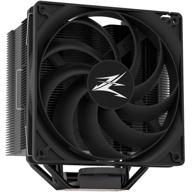
Zalman Performa Performance Powerful Included

172 Review
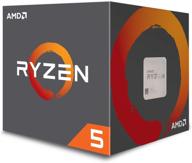
🔋 Power Up Your Gaming Rig with AMD Ryzen 5 2600 Processor with Wraith Stealth Cooler - YD2600BBAFBOX

116 Review
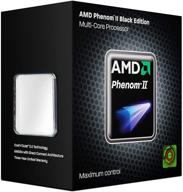
AMD Phenom II X4 940 💻 Black Edition 3.0GHz AM2+ Processor - Retail

96 Review
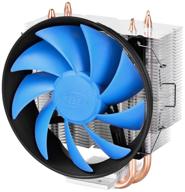
Deepcool GAMMAXX 300 CPU cooler, silver/black/blue

166 Review
Another interesting products
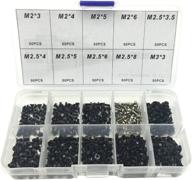
Comprehensive 500pcs Laptop Screw Kit Set for 🔩 IBM HP Dell Lenovo Samsung Sony Toshiba Gateway Acer

12 Review
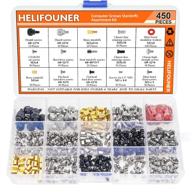
🖥️ Helifouner 450-Piece Computer Standoffs Spacer Screws Kit: Ideal for Hard Drive, Motherboard, Fan, Power Graphics & Computer Cases

10 Review

🔧 Premium Repair Replacement Screws & Tools for MacBook Pro Retina 15"/13" - Complete Bottom Case Set

10 Review
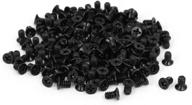
uxcell 3.5" HDD Screw Black 200pcs for Computer PC Case - Flat Phillips Head - 6#-32 - Hard Drive Fasteners

10 Review

